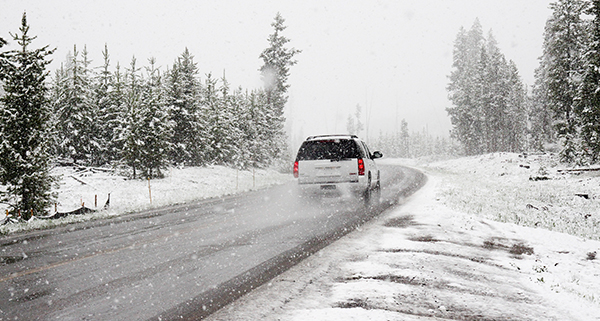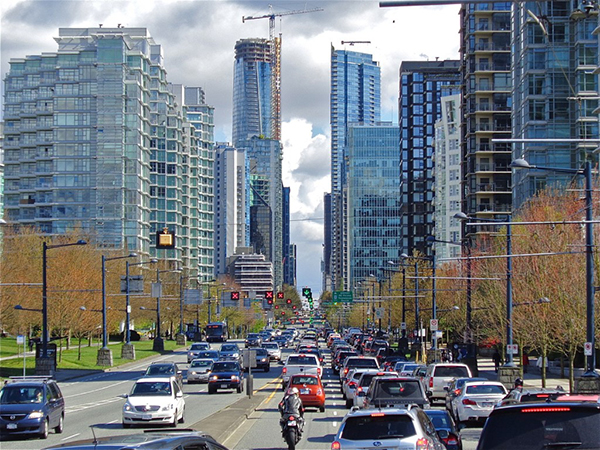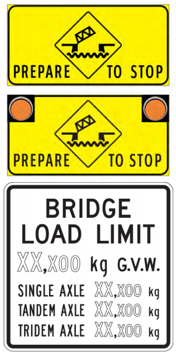Driver training is all about growing and improving as a driver. Taking professional driving lessons can provide you with a deeper understanding of vehicle control, defensive driving techniques, and safe driving practices. In this post, we’re discussing ways to challenge yourself with driving lessons or driver training.
HOW TO CHALLENGE YOURSELF WITH DRIVING LESSONS
1. Explore Different Driving Environments
Depending on where you live and where you’ve learned to drive, you may only be comfortable with a certain driving environment. Learning to drive in Chilliwack or Abbotsford, you’re probably more used to country roads and farm vehicles but if you’re from Surrey or Coquitlam, you are more likely used to multi-lane freeways and tight city roads. No matter where you spend most of your time driving, it’s important to know how to handle yourself while in all of these environments. Pushing yourself to drive somewhere new is a great way to expand your driving skills as well as your knowledge about the areas that surround you.
For example, freeway driving is paramount to successful city driving. To get into a large metropolitan centre like Vancouver, you’ll need to know how to safely and confidently navigate the highway system. Mastering how to merge onto a highway is an important skill that can intimidate some drivers without regular practice.
While our Coquitlam branch may not exactly be rural, an excellent way to challenge yourself with driving lessons is to book a longer session. You can take a 2- or 3-hour on-road session with an Instructor and venture into Vancouver. Students will be exposed to different traffic patterns, increased traffic volume, one-way streets, and other navigational challenges.
While rural driving may sound less stressful than its urban counterpart, it does have its’ own challenges that many city drivers may not regularly experience such as:
- Sharing the road with horses
- Interacting with railroad tracks/stops
- Vehicle control on dirt or gravel roads
- Learning how to drive in a roundabout
2. Different Weather Conditions

In Canada, weather is always a topic of conversation. We regularly discuss the temperature, the impending storms, the snowfall, rain forecast, and the heat — so with all our vast and intimate collective knowledge of meteorology and changing weather, we had better know how to drive in it!
Challenge your driving skills and take to the roads during times of changing weather patterns, and more intense conditions. We don’t mean head out in the thick of a blizzard, but learning to work with and adapt to adverse weather conditions prior to your road test, or before you head out on that weekend snowboarding trip is a good idea.
Consider driver training during a time of the year when you know you’ll encounter some challenging weather - like early winter, late fall, or during the major seasonal transition times.
Heavy rain comes with its own set of advanced driving techniques and precautions, like hydroplaning, and advanced cornering/handling. Snow will present an entirely different set of challenges. Snow means advancing your knowledge of temperature, the use and requirements of snow tires, chains, hydroplaning (during mild, melty days), and visibility concerns.
Both rain and snow mean drivers may need to adjust their speed for conditions. Wet and/or icy roads mean increasing your following distance to leave more time to slow down or stop. Driving lessons will help increase your confidence and skill when dealing with ever-changing weather conditions, ensuring the road stays safer for all.
3. Different Times of Day
Night driving or driving at dusk provides a number of unique challenges that should be practiced. Your vision may be limited during this time, and your vehicle may be less visible by others. Further, other contributions like bright headlights from oncoming traffic, limited visibility of pedestrians, and the sun setting into your vision, are compounding factors that may contribute to a challenging driving environment.
4. Advanced Driving Courses
Defensive Driving Course
Valley Driving School offers a fantastic and completely unique defensive driving classroom course to help drivers expand their understanding of defensive driving and how it impacts our collective driving style.
This six-hour course is unique to Valley Driving School and was perfected over years of experience; we found that pairing our in-class driver’s education course with on-road training is the best way for our students to learn. We’re able to discuss a number of important and relevant driving scenarios while in-class, then allowing our students to transfer this knowledge to the road.
Accident Prevention Course
Valley Driving School’s three hour on-road Accident Prevention course, which is conducted at our closed-circuit training site, is an excellent way to discover and develop advanced driving skills such as:
- Emergency Braking
- Evasive maneuvers
- Advanced understanding of vehicle handling
- Route planning and navigation (without GPS!)
- Hazard perception
- Intro to basic preventative vehicle maintenance
5. New Infrastructure

Similar to driving in unfamiliar areas, like urban or rural areas - it’s also important to experience new roads and infrastructure. As roadways evolves and change over time to accommodate additional traffic or detoured or closed routes due to construction, drivers must be able to confidently and safely navigate a new route, including bridges and tunnels.
Tunnels & Bridges
Tunnels and bridges often have counterflowlanes, which help to ease traffic congestion and keep things moving. These lanes are indicated with lane usage signs or above-head lights. Counter-flow lanes can change which direction of traffic they service, depending on the time of day and where the congestion is heavy. The Lions Gate Bridge and George Massey Tunnel are monitored 24/7 and operators will adjust the lanes based on traffic, visibility, and weather conditions.

Navigating over bridges and through tunnels may also be a new experience for many drivers. Ensure you are knowledgeable on all applicable road signs pertaining to lane use and bridge openings or lowerings. Bridges and tunnels often have height and weight restrictions, and some may also restrict if you can stop while using them, or if you can change. As you approach a tunnel or bridge, keep an eye out for signs that will alert you to these restrictions.
Driving in tunnels presents its own unique challenges. Drivers may be required to remove their sunglasses before entering a tunnel to improve their ability to see changing traffic conditions in front of them. Most tunnels also require the use of headlights while travelling through.
------
Challenging yourself with driver training and improving your driving skills creates safe and confident drivers, ensuring everyone’s continued safety on the road.
